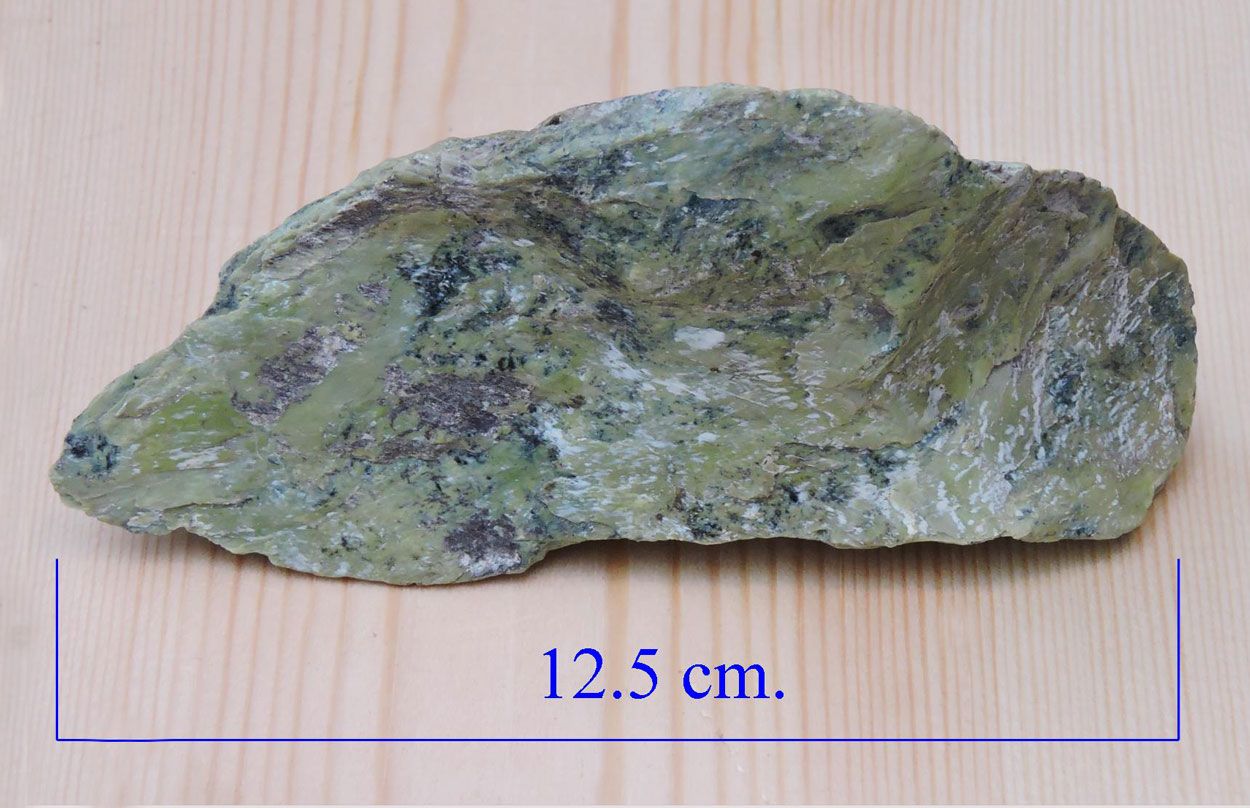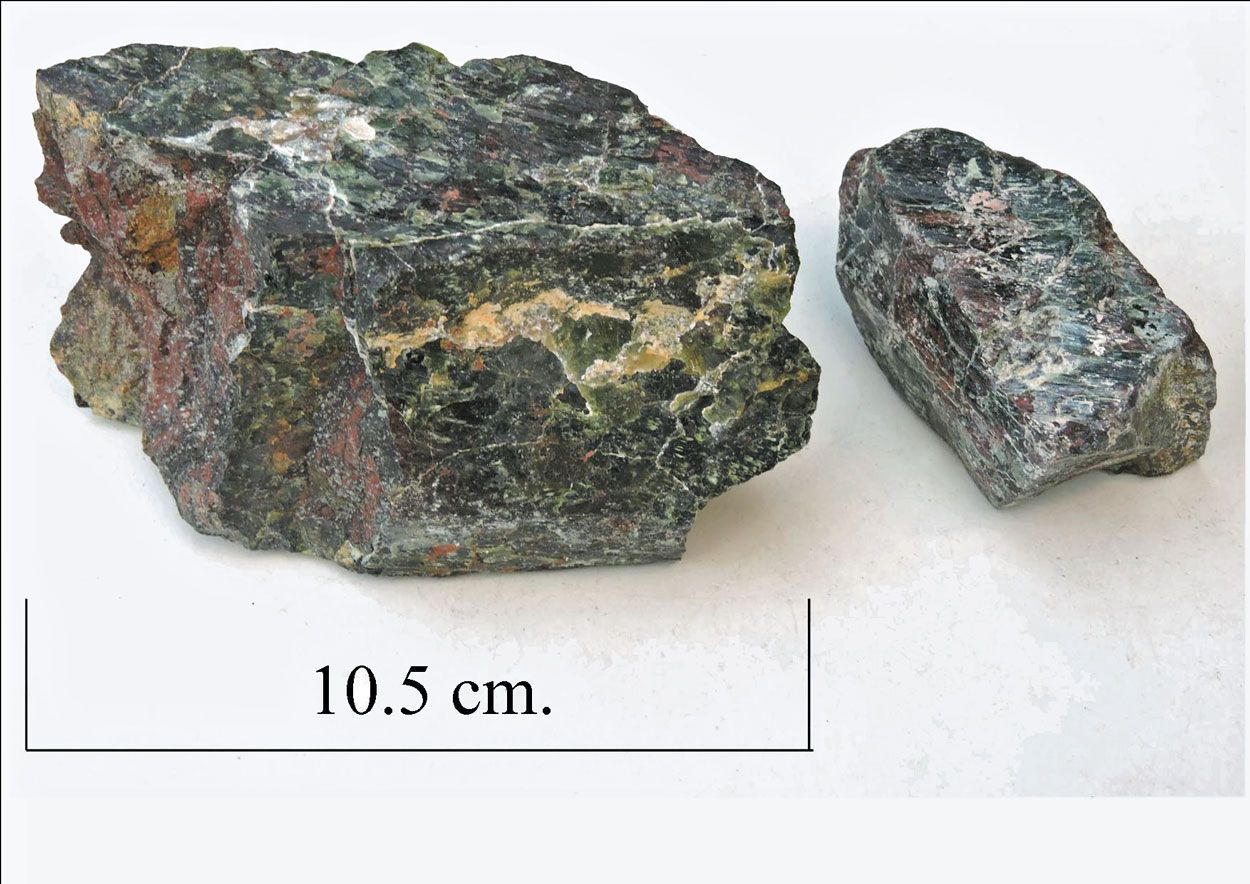
Red Crag formation, Bawdsey beach.
This specimen was collected in September 2021 on our annual weekend away. The location was Bawdsey beach in Suffolk, which has the most extensive outcrop of the Red Crag formation in South Eastern Sussex, a formation that also has outcrops in North Eastern Essex. The Red Crag formation is sandwiched between the Norwich Crag formation and the Coralline Crag formation, a specimen of which is also on this website. The age is between Late Pliocene and Early Pleistocene, 3.3 - 2.5 Ma. The Red Crag is typically composed of a course grained shelly sand, the most common of the fossils being bivalves and gastrapods. This particular specimen is indurated Red Crag from the basement beds, and also has prominent phosphate rich mudstone pebbles, sometimes mistaken for coprolites, and some pieces of flint.



